View New Content
Showing topics posted in for the last 14 days.
-
Forum Statistics
254.8k
Total Topics4.4m
Total Posts -
Member Statistics
-
Who's Online 144 Members, 1 Anonymous, 1,207 Guests (See full list)
- John Thompson
- JWM
- marques
- Simon Cornes
- Roger Holden
- exdraken
- Duggy
- Dudko210
- Carllu
- John Tapsell
- Ben Hartmann
- Thom216
- HiPoDad
- Blue Monday
- Franz75
- Giorgio N
- mgleslie
- mike_hore
- Autle
- samhobbs
- SleeperService
- LHR-days
- Stephen
- Shuttle
- szeregowy
- Glen
- Steve Coombs
- ScanmanDan
- Dave Fleming
- stuartp
- TallBlondJohn
- seacon
- Andy H
- NAVY870
- Dr. Quack
- Robert Stuart
- MrB17
- jsolo
- Amethyst
- Aeroplane Man
- davpar59
- PaK_Wagen
- Dave Spencer
- Fightingcocks
- VolkerR.
- kitchentable
- RossFMJ
- Doc72
- R T Fishall
- AdrianMF
- GioCare
- PatG
- Wolfhound32
- Blacklion
- Microbacchus
- NDB16
- Skawinski
- Mynimal
- Iain Ogilvie
- Chimpion
- vildebeest
- JonH
- Casey
- Alpha Delta 210
- t15dja
- Nocoolname
- Zorglub
- rudi
- Whitewolf
- Trublewalkin
- cmatthewbacon
- MarcNewitt
- bentwaters81tfw
- Mascota
- Tegethoff
- Ryri
- Rabbit Leader
- Mark Proulx
- jimmaas
- XV571
- Old Submariner
- GMK
- Ryan Hothersall
- Creepy Pete
- Whofan
- Paul E
- Mig Eater
- Troy Smith
- dnl42
- stever219
- dambuster
- Jacky W
- bombernut
- Johnson
- Fnick
- Smudge
- HPoirot
- Stu_davros
- Tbolt
- dasmithers
- misterblank
- Teuchter
- Jb65rams
- delide
- LimaOperator
- cherisy
- Kiwidave4
- aircraftkit
- AlbertLima
- Riksbar
- Dan Bilek
- Doccur
- Mycapt65
- Knevi
- PinUp
- KRK4m
- rafalbert
- Marcus.Q1000859
- Angus Tura
- Caulkhead
- Elias
- RAF4EVER
- Runscott
- hendie
- airbus
- Roland Pulfrew
- DeepSea
- HK-500
- Massimo Novi
- ModelingEdmontonian
- 457
- Spooky56
- Davetur
- Andrew D Jolly Rogers guy
- Jo NZ
- lyn
- batcode
- Pullin Gs
- scautomoton
- Pete_W
- Technics
- mhaselden
- fjdsouza94c
- othertales



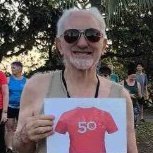
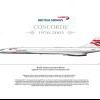



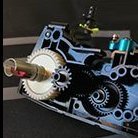

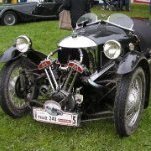
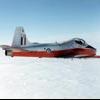



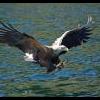



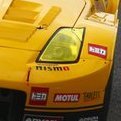
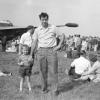
.thumb.jpg.2c282efcc138b7cf7f1e1586a9c534d2.jpg)